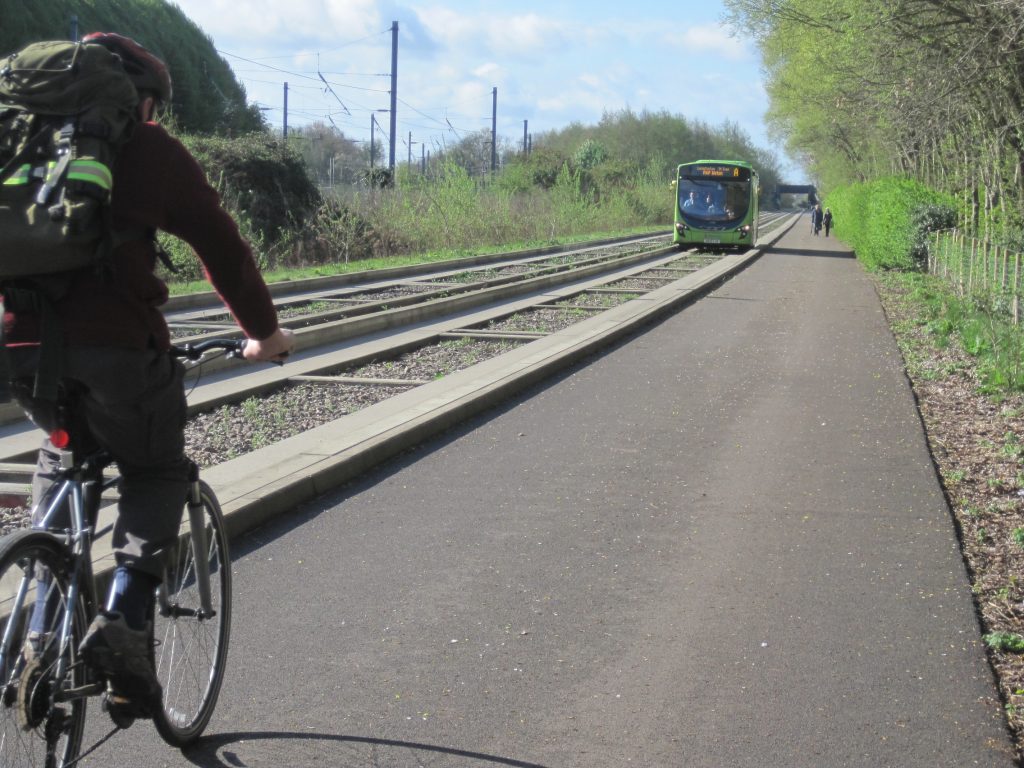Please see the Population Health Interventions programme.
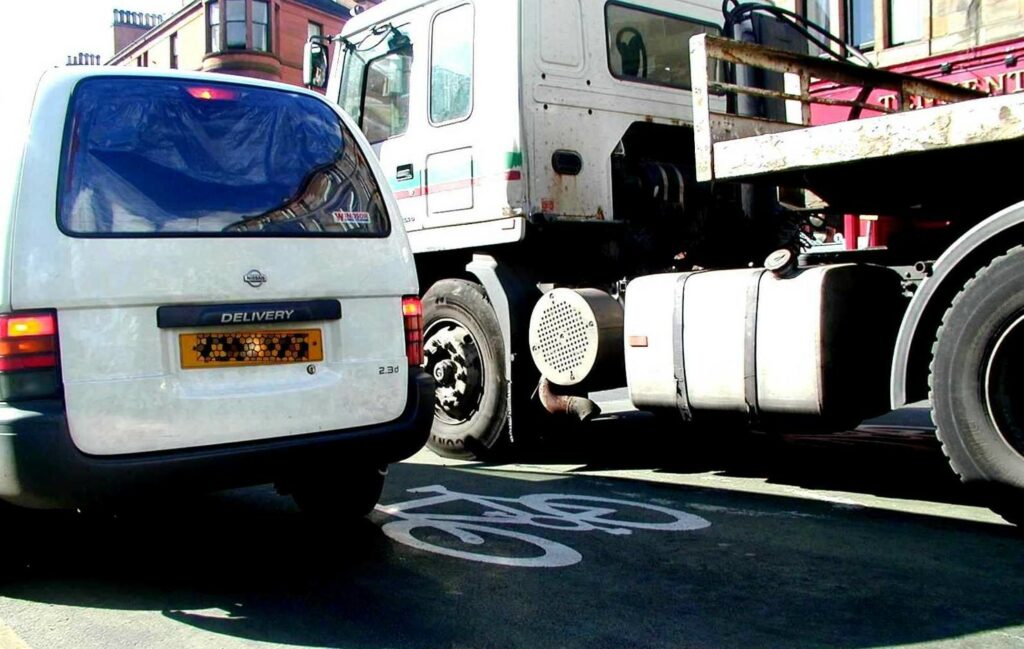
Physical activity reduces the risk of diseases such as diabetes and heart disease, and the health of most people in the UK and many other countries would be improved if the population were to become more physically active.
However, efforts to bring this about have met with little success to date. One reason may be that the environments we have created for people to live in — our cities, transport systems and workplaces, for example — are not sufficiently conducive to an active lifestyle. Changing the economic, physical and social factors that influence our behaviour is possible, but more scientific evidence about the effects of doing so is needed to guide policy and practice.
The Physical Activity and Public Health programme was established in 2012. Its main aim was to investigate the effects of environmental or policy changes on population physical activity patterns. We used a combination of epidemiological and social science research methods to study what happens when people’s circumstances change — for example, when new public transport, cycling or walking routes are provided or when people move into a new neighbourhood.
This page summarises the work of the Physical Activity and Public Health programme between 2012 and 2019, when it became incorporated into a new research programme on Population Health Interventions.
Group members (2012 to 2019)
- Lena Alexander
- Inka Barnett
- Adam Bostanci
- Nick Bundle
- Silvia Costa
- Caroline Croxson (nee Jones)
- Louise Foley
- Anna Goodman
- Cornelia Guell
- Samantha Hajna
- Amelia Harshfield
- Eva Heinen
- David Humphreys
- Jo Kesten
- Craig Knott
- Anna Le Gouais
- Calum Mattocks
- Oliver Mytton
- David Ogilvie (Programme Leader)
- Jenna Panter
- Richard Prins
- Shannon Sahlqvist
- James Smith
- Lee Smith
- Lindsey Smith
- Wing Wong
- James Woodcock
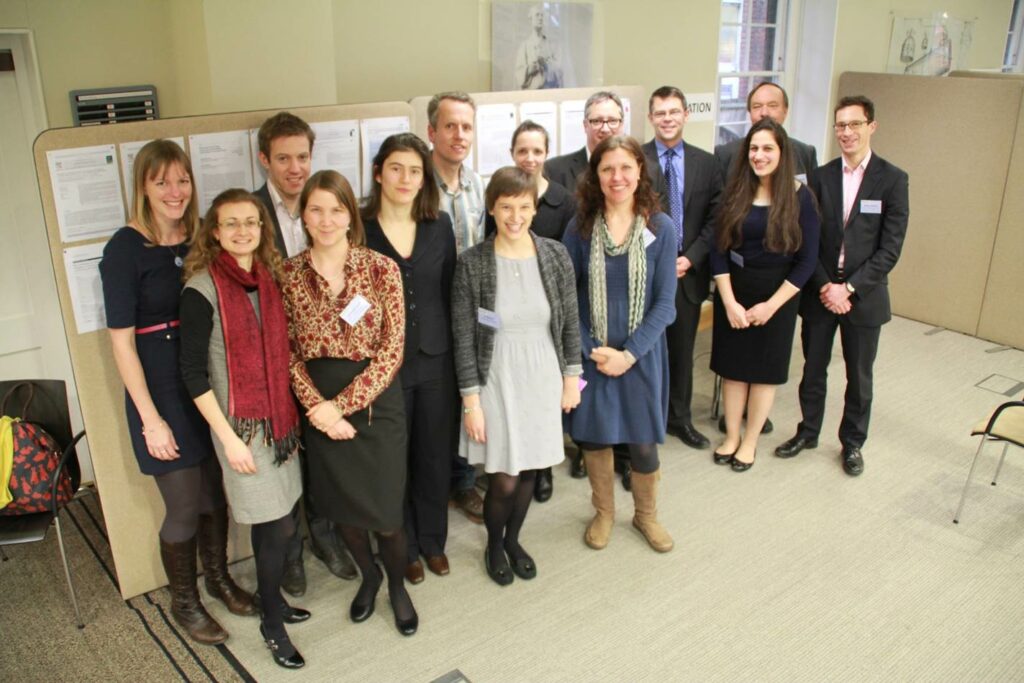
PAPH group and friends in 2015
Key studies, scientific achievements and resources

Our key scientific achievements between 2012 and 2019 include:
- Observational studies that strengthen the health case for interventions to promote active travel, for example those providing new evidence of beneficial associations with body composition, mental health and wellbeing, and premature mortality
- A suite of original natural experimental studies (listed above) of environmental interventions in the UK. Among other things, we have shown for the first time that new infrastructure for active travel and public transport was effective in promoting walking and cycling without compensatory decreases in other physical activity, whereas new motorway infrastructure was associated with a greater propensity for car travel and potentially inequitable reductions in wellbeing among local residents. The CGB study won the inaugural annual prize for best intervention study at the International Society for Behavioral Nutrition and Physical Activity
- Our analysis of the distributional effects of new routes for walking and cycling showed for the first time that these encouraged the less active to take up walking for transport, as well as encouraging those who were already active to walk more
- Our development of methods for natural experimental studies in public health. For example, we have developed methods to support more generalisable causal inference, comprising both the use of causal path analysis to elucidate intervention mechanisms within studies, and a new approach to synthesis of contextual and mechanistic evidence from multiple studies. These are beginning to identify underlying principles of effective environmental intervention that may be more widely applicable.
Other frequently cited or requested scientific resources we have produced in the past include:
- A suite of systematic reviews of interventions to promote cycling, walking and alternatives to the car
- The harvest plot method for synthesising evidence for the equity impacts of interventions
- A translational framework for public health research
- A framework for assessing the evaluability of public health interventions.
How our research has been used
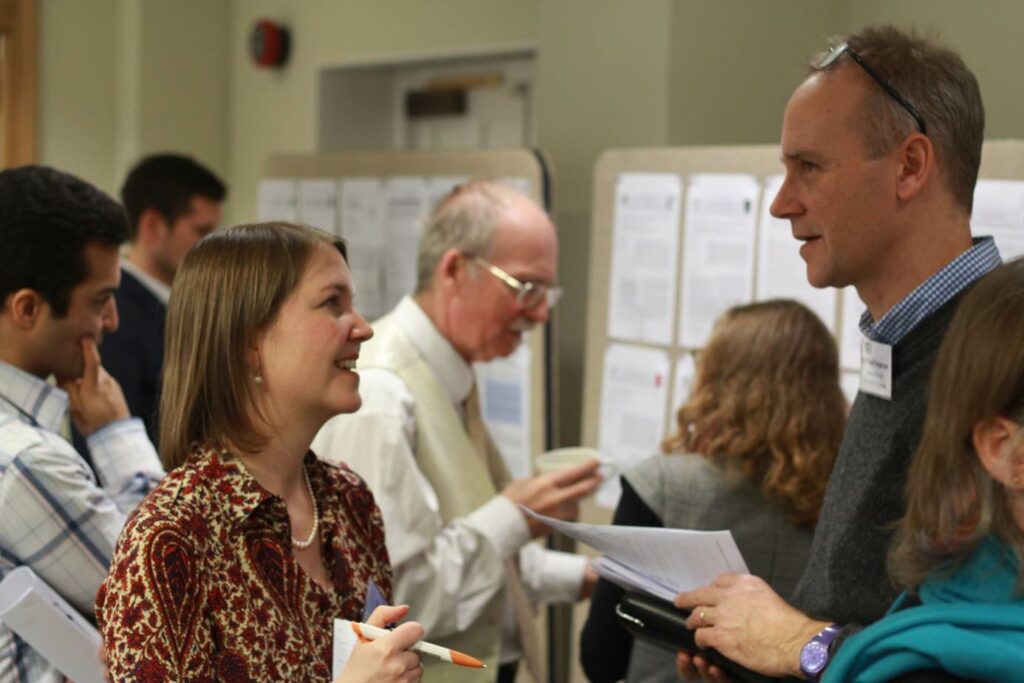
Among other things, our research has contributed:
- Evidence to NICE guidance on physical activity and the environment
- Findings to reviews on the promotion of physical activity by the National Institute for Health Research, Sport England (pdf) and others
- Case studies to reviews by NIHR, Public Health England and others
- To workshops with national and local policymakers and communities.
Selected online presentations
- Panter J. Easier said than done: experiences and challenges in natural experimental evaluations. Physical Activity for Health Research Centre (PAHRC), University of Edinburgh, 27 March 2019 [Presentation]
- Ogilvie D. Physical activity for public health: in pursuit of rigorous evaluation in the real world. Charles Perkins Centre, University of Sydney, 17 March 2016. [Video]
- Panter J. Synthesising theoretical evidence on causal pathways by which changes to the environment may act to promote physical activity. Realism Leeds, University of Leeds, 4 November 2015. [Video]
- Ogilvie D. Towards a more active society? Searching for evidence in the living laboratory. International Congress on Physical Activity and Public Health, Rio de Janeiro, 9 April 2014. [Presentation and references]
Selected examples of scientific publications
In this section:
- Epidemiology and health benefits of active travel and physical activity
- Case and methods for natural experimental studies
- Completed natural experimental studies
- Quantitative approaches
- Qualitative and mixed-method approaches
Epidemiology and health benefits of active travel and physical activity
- Hajna S, White T, Panter J, Brage S, Wijndaele K, Woodcock J, Ogilvie D, Imamura F, Griffin S. Driving status, travel modes and accelerometer-assessed physical activity in younger, middle-aged and older adults: a prospective study of 90 810 UK Biobank participants. Int J Epidemiol 2019; doi.org/10.1093/ije/dyz065. [PubMed]
- Mytton O, Ogilvie D, Griffin S, Brage S, Wareham N, Panter J. Associations of active commuting with body fat and visceral adipose tissue: a cross-sectional population based study in the UK. Prev Med. 2018; 106: 86-93. [PubMed]
- Mytton O, Panter J, Ogilvie D. Longitudinal associations of active commuting with wellbeing and sickness absence. Prev Med 2016; 84: 19-26. [PubMed]
- Mytton O, Tainio M, Ogilvie D, Panter J, Cobiac L, Woodcock J. The modelled impact of increases in physical activity: the effect of increased survival and reduced incidence of disease. Eur J Epidemiol 2017; 32: 235-250. [PubMed]
- Panter J, Mytton O, Sharp S, Brage S, Cummins S, Laverty A, Wijndaele K, Ogilvie D. Using alternatives to the car and risk of all-cause, cardiovascular and cancer mortality. Heart 2018; 104: 1749-1755. [PubMed]
- Smith L, Sahlqvist S, Ogilvie D, Jones A, Corder K, Griffin S, van Sluijs E. Is a change in mode of travel to school associated with a change in overall physical activity levels in children? Longitudinal results from the SPEEDY study. Int J Behav Nutr Phys Act 2012; 9: 134. [PubMed]
- Smith LG, Panter J, Ogilvie D. Characteristics of the environment and physical activity in midlife: findings from UK Biobank. Prev Med 2019; 118: 150-158. [PubMed]
Case and methods for natural experimental studies
- Craig P, Cooper C, Gunnell D, Haw S, Lawson K, Macintyre S, Ogilvie D, Petticrew M, Reeves B, Sutton M, Thompson S. Using natural experiments to evaluate population health interventions: new MRC guidance. J Epidemiol Community Health 2012; 66: 1182-1186. [PubMed]
- Humphreys D, Panter J, Sahlqvist S, Goodman A, Ogilvie D. Changing the environment to improve population health: a framework for considering exposure in natural experimental studies. J Epidemiol Community Health 2016: 70: 941-946. [PubMed]
- Ogilvie D, Adams J, Bauman A, Gregg E, Panter J, Siegel K, Wareham N, White M. Using natural experimental studies to guide public health action: turning the evidence-based medicine paradigm on its head. J Epidemiol Community Health 2020; 74: 203-208. [PubMed]
- Panter J, Guell C, Humphreys D, Ogilvie D. Can changing the physical environment promote walking and cycling? A systematic review of what works and how. Health Place 2019; 58: 102161. [PubMed]
- Panter J, Guell C, Prins R, Ogilvie D. Physical activity and the environment: conceptual review and framework for intervention research. Int J Behav Nutr Phys Act 2017; 14: 156. [PubMed]
- Reis R, Salvo D, Ogilvie D, Lambert E, Goenka S, Brownson R, for the Lancet Physical Activity Series 2 Executive Committee. Scaling up physical activity interventions across the globe: stepping up to larger and smarter approaches to get people moving. Lancet 2016; 388: 1337–1348. [PubMed]
- Smith LG, Foley L, Panter J. Activity spaces in studies of the environment and physical activity: A review and synthesis of implications for causality. Health Place 2019; 58: 102113. [PubMed]
Completed natural experimental studies
- Foley L, Prins R, Crawford F, Humphreys D, Mitchell R, Sahlqvist S, Thomson H, Ogilvie D, on behalf of the M74 study team. Effects of living near an urban motorway on the wellbeing of local residents in deprived areas: natural experimental study. PLoS ONE 2017; 12: e0174882. [PubMed]
- Foley L, Prins R, Crawford F, Sahlqvist S, Ogilvie D, on behalf of the M74 study team. Effects of living near a new urban motorway on the travel behaviour of local residents in deprived areas: evidence from a natural experimental study. Health Place 2017; 43: 57-65. [PubMed]
- Goodman A, Panter J, Sharp S, Ogilvie D. Effectiveness and equity of town-wide cycling initiatives in England: a longitudinal, controlled natural experimental study. Soc Sci Med. 2013; 97: 228-37. [PubMed]
- Goodman A, Sahlqvist S, Ogilvie D, on behalf of the iConnect consortium. New walking and cycling routes and increased physical activity: one- and two-year findings from the UK iConnect study. Am J Public Health 2014; 104: e38–e46. [PubMed]
- Heinen E, Panter J, Mackett R, Ogilvie D. Changes in mode of travel to work: a natural experimental study of new transport infrastructure. Int J Behav Nutr Phys Act 2015; 12: 81. [PubMed]
- Knott C, Sharp S, Mytton O, Ogilvie D, Panter J. Changes in workplace car parking and commute mode – a natural experimental study. J Epidemoiol Comm Health. 2019; 73: 42-49. [PubMed]
- Ogilvie D, Foley L, Nimegeer A, Olsen J, Mitchell R, Thomson H, Crawford F, Prins R, Hilton S, Jones A, Humphreys D, Sahlqvist S, Mutrie N. Health impacts of the M74 urban motorway extension: a mixed-method natural experimental study. Public Health Res 2017; 5: 3. [PubMed]
- Ogilvie D, Panter J, Guell C, Jones A, Mackett R, Griffin S. Health impacts of the Cambridgeshire Guided Busway: a natural experimental study. Public Health Res 2016; 4: 1. [PubMed]
- Panter J, Heinen E, Mackett R, Ogilvie D. Impact of new transport infrastructure on walking, cycling and physical activity. Am J Prev Med 2016; 50: e45-e53. [PubMed]
- Prins R, Foley L, Mutrie N, Ogilvie D, on behalf of the M74 study team. Effects of urban motorways on physical activity and sedentary behaviour in local residents: a natural experimental study. Int J Behav Nutr Phys Act 2017; 14: 102. [PubMed]
Quantitative approaches
- Costa S, Ogilvie D, Dalton A, Westgate K, Brage S, Panter J. Quantifying the physical activity energy expenditure of commuters using a combination of global positioning system and combined heart rate and movement sensors. Prev Med 2015; 81: 339-344. [PubMed]
- Foley L, Dumuid D, Atkin A, Olds T, Ogilvie D. Patterns of health behaviour associated with active travel: a compositional data analysis. Int J Behav Nutr Phys Act 2018; 15: 26. [PubMed]
- Panter J, Ogilvie D, on behalf of the iConnect consortium. Can environmental improvement change the population distribution of walking? J Epidemiol Community Health 2017; 71: 528-535. [PubMed]
- Panter J, Ogilvie D, on behalf of the iConnect consortium. Theorising and testing environmental pathways to behaviour change: natural experimental study of the perception and use of new infrastructure to promote walking and cycling in local communities. BMJ Open 2015; 5: e007593. [PubMed]
- Smith LG, Foley L, Panter J. Activity spaces in studies of the environment and physical activity: A review and synthesis of implications for causality. Health Place 2019; 58: 102113. [PubMed]
Qualitative and mixed-method approaches
- Barnett I, Guell C, Ogilvie D. The experience of physical activity and the transition to retirement: a systematic review and integrative synthesis of qualitative and quantitative evidence. Int J Behav Nutr Phys Act 2012; 9: 97. [PubMed]
- Guell C, Mackett R, Ogilvie D. Negotiating multisectoral evidence: a qualitative study of knowledge exchange at the intersection of transport and public health. BMC Public Health 2017; 17: 17. [PubMed]
- Guell C, Ogilvie D. Picturing commuting: photovoice and seeking well-being in everyday travel. Qual Res 2015; 15: 201-218. [PubMed]
- Jones C, Cohn S, Ogilvie D. Making sense of a new transport system: an ethnographic study of the Cambridgeshire Guided Busway. PLoS ONE 2013; 8: e69254. [PubMed]
- Kesten J, Guell C, Cohn S, Ogilvie D. From the concrete to the intangible: understanding the diverse experiences and impacts of new transport infrastructure. Int J Behav Nutr Phys Act 2015; 12: 72. [PubMed]
- Le Gouais A, Foley L, Ogilvie D, Guell C. Decision-making for active living infrastructure in new communities: a qualitative study in England. J Public Health, in press. [Preprint]
- Panter J, Guell C, Humphreys D, Ogilvie D. Can changing the physical environment promote walking and cycling? A systematic review of what works and how. Health Place 2019; 58: 102161. [PubMed]
- Sahlqvist S, Goodman A, Jones T, Powell J, Song Y, Ogilvie D, on behalf of the iConnect consortium. Mechanisms underpinning use of new walking and cycling infrastructure in different contexts: mixed-method analysis. Int J Behav Nutr Phys Act 2015; 12: 24. [PubMed]
Selected texts that inspire or reflect our approach
- Bauman A, Nutbeam D. Evaluation in a nutshell. North Ryde, NSW: McGraw Hill, 2013.
- Farley T. Asking the right questions: research of consequence to solve problems of significance. Am J Public Health 2016; 106: 1778-1779 . [PubMed]
- Marmot M, Wilkinson R. Social determinants of health. Oxford: Oxford University Press, 2005.
- Ogilvie D, Hamlet N. Obesity: the elephant in the corner. BMJ 2005; 331: 1545-1548. [PubMed]
- Rose G. Rose’s strategy of preventive medicine. Oxford: Oxford University Press, 2008.
- Petticrew M, Roberts H. Systematic reviews in the social sciences. Oxford: Blackwell, 2006.
See also the selected reading list on natural experimental methods below.
Thinking aloud about our research
Selected blogs, commentaries and presentations:
- Providing solutions to the challenges of obesity and inactivity
- Lessons from an evaluation of the Cambridge Guided Busway (pages 470-472)
- Evaluations in public health
- Practice-based evidence for public health action
- Do built environments shape our health?
- The impact of a motorway extension in Glasgow on road traffic accidents
- Happy Mondays
- Fit for life (pdf)
- In pursuit of rigorous evaluation in the real world
- Why public health research must address the real issues
- ‘Natural experiments’ could hold the key to better public health research
- Generalisability for the generalist (later published as Qualitative research can inform clinical practice)
- Buses, bicycles and building for health
- Nature’s cure in the modern age
Selected reading list on natural experimental methods
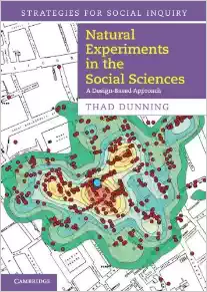
For examples of our own completed studies, see above
Introducing the idea
- Bor J. Capitalizing on natural experiments to improve our understanding of population health. Am J Public Health 2016; 106: 1388-1389. [PubMed]
- Petticrew M. Sinners, preachers and natural experiments. Int J Epidemiol 2011; 40: 454-456. [PubMed]
- Petticrew M, Cummins S, Ferrell C, Findlay A, Higgins C, Hoy C, Kearns A, Sparks L. Natural experiments: an underused tool for public health? Public Health 2005; 119: 751-757. [PubMed]
- Victora C, Habicht J-P, Bryce J. Evidence-based public health: moving beyond randomized trials. Am J Public Health 2004; 94: 400–405. [PubMed]
MRC guidance
- Short version: Craig P, Cooper C, Gunnell D, Haw S, Lawson K, Macintyre S, Ogilvie D, Petticrew M, Reeves B, Sutton M, Thompson S. Using natural experiments to evaluate population health interventions: new MRC guidance. J Epidemiol Community Health 2012; 66: 1182-1186. [PubMed]
- Full version: Using natural experiments to evaluate population health interventions: guidance for producers and users of evidence. London: Medical Research Council, 2011.
Concepts and methods
- Various authors. Series on quasi-experimental study designs. J Clin Epidemiol 2017.
- Humphreys D, Panter J, Ogilvie D. Questioning the application of risk of bias tools in appraising evidence from natural experimental studies: critical reflections on Benton et al., IJBNPA 2016. Int J Behav Nutr Phys Act 2017; 14: 49. [PubMed]
- Humphreys D, Panter J, Sahlqvist S, Goodman A, Ogilvie D. Changing the environment to improve population health: a framework for considering exposure in natural experimental studies. J Epidemiol Community Health 2016: doi:10.1136/jech-2015-206381. [PubMed]
- Panter J, Ogilvie D, on behalf of the iConnect consortium. Theorising and testing environmental pathways to behaviour change: natural experimental study of the perception and use of new infrastructure to promote walking and cycling in local communities. BMJ Open 2015; 5: e007593. [PubMed]
- Mayne S, Auchincloss A, Michael Y. Impact of policy and built environment changes on obesity-related outcomes: a systematic review of naturally occurring experiments. Obes Rev 2015; 16: 362-375. [PubMed]
- Rockers P, Røttingen J, Shemilt I, Tugwell P, Bärnighausen T. Inclusion of quasi-experimental studies in systematic reviews of health systems research. Health Pol 2015; 119: 511-521. [PubMed]
- Martin A, Ogilvie D, Suhrcke M. Evaluating causal relationships between urban built environment characteristics and obesity: a methodological review of observational studies. Int J Behav Nutr Phys Act 2014; 11: 142. [PubMed]
- Mytton O, Eyles H, Ogilvie D. Evaluating the health impacts of food and beverage taxes. Curr Obes Rep 2014; 10.1007/s13679-014-0123-x. [Springer]
- Ogilvie D, Adams J, Bauman A, Gregg E, Panter J, Siegel K, Wareham N, White M. Using natural experimental studies to guide public health action: turning the evidence-based medicine paradigm on its head. J Epidemiol Community Health 2020; 74: 203-208. [PubMed]
- Ogilvie D, Bull F, Cooper A, Rutter H, Adams E, Brand C, Ghali K, Jones T, Mutrie N, Powell J, Preston J, Sahlqvist S, Song Y, on behalf of the iConnect consortium. Evaluating the travel, physical activity and carbon impacts of a ‘natural experiment’ in the provision of new walking and cycling infrastructure: methods for the core module of the iConnect study. BMJ Open 2012; 2: e000694. [PubMed]
- Ogilvie D, Bull F, Powell J, Cooper A, Brand C, Mutrie N, Preston J, Rutter H, on behalf of the iConnect consortium. An applied ecological framework for evaluating infrastructure to promote walking and cycling: the iConnect study. Am J Public Health 2011; 101: 473–481. [PubMed]
- Ogilvie D, Griffin S, Jones A, Mackett R, Guell C, Panter J, Jones N, Cohn S, Yang L, Chapman C. Commuting and health in Cambridge: a study of a ‘natural experiment’ in the provision of new transport infrastructure. BMC Public Health 2010; 10: 703. [PubMed]
- Ogilvie D, Mitchell R, Mutrie N, Petticrew M, Platt S. Evaluating health effects of transport interventions: methodologic case study. Am J Prev Med 2006; 31: 118-126. [PubMed]
Textbooks
- Dunning T. Natural experiments in the social sciences: a design-based approach. Cambridge: Cambridge University Press, 2012.
- Shadish W, Cook T, Campbell D. Experimental and quasi-experimental designs for generalised causal inference. Boston: Houghton Mifflin, 2001.

 MRC Epidemiology Unit
MRC Epidemiology Unit